This post will give an overview of what harm reduction is, and why it’s so important now, during a pandemic. We will talk about how ‘substance, set & setting’ have changed, the factors leading to increased overdose risks, options for socially distant drug deals, and how to plan for involuntary withdrawal.
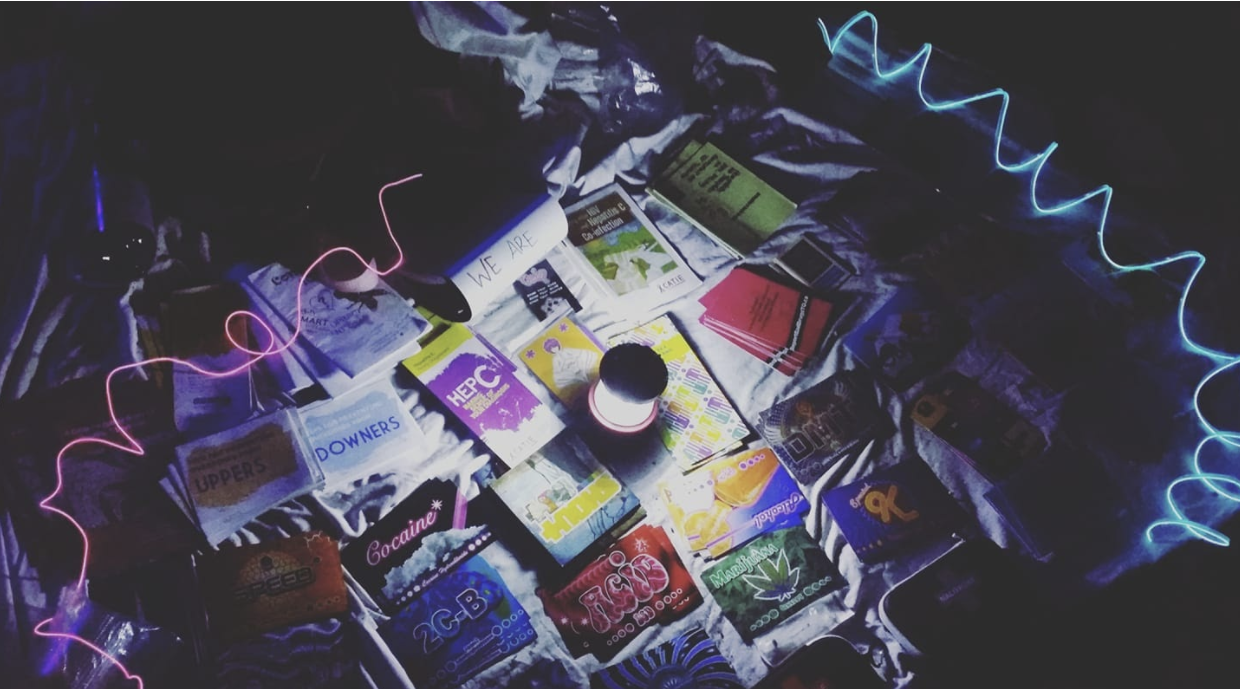
What is Harm Reduction?
Harm reduction is any practice used to reduce the harms associated with a particular activity; for example a seatbelt or a needle exchange program. Harm reduction philosophy treats people non-judgmentally and with respect for their right to make their own choices. Harm reduction based support neither condones nor opposes drug use, but accepts the reality that drug use is a part of our society and that using drugs has both risks and benefits.
We need harm reduction now more than ever. With the COVID-19 lockdowns, peoples patterns of use have changed, their access to services has been affected, and there are new health risks and the worries that come with them. People are partying more at home, and using alone, sometimes in an unwelcoming environment. The amount people use has changed, either increasing or decreasing, sometimes having to substitute their drug of choice with a different drug. With the borders closed, supply has been negatively affected, leading to more adulterants and an increasingly tainted drug supply. Overdoses are on the rise for many reasons: the poisoned drug supply, lack of community, decreased access to in-person services, slower ambulance times, and fears around calling the police.
Despite all this, there is hope.We can minimize the risks of harm around both substance use and COVID-19.
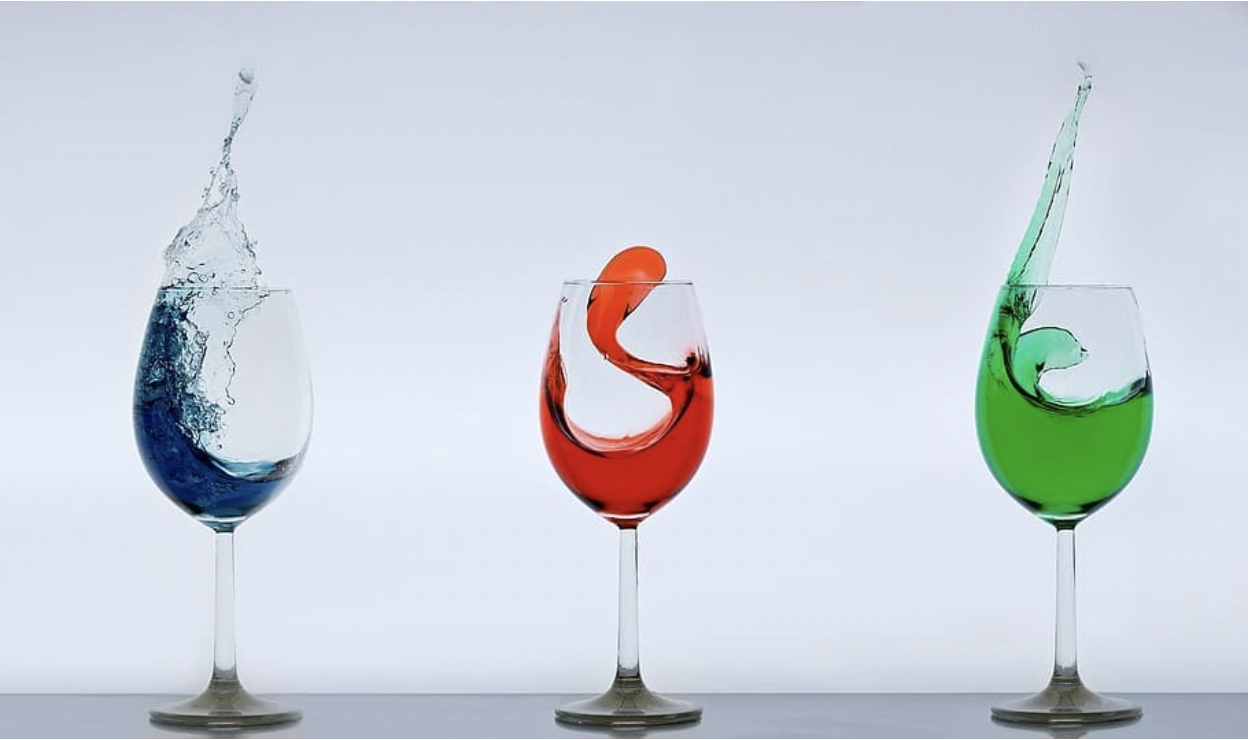
How Substance/Set/Setting Have Changed
SUBSTANCE : The substance which the person has an experience with.
SET: The person who has an experience with a substance.
SETTING: The physical and social environment in which the person has an experience with a substance.
Substance- Borders closing and canceled flights create problems with the supply and transportation of substances, causing shortages of certain substances. This results in some dealers cutting their drugs more with different substances, or people having to use another substance that might have more risk because they can’t access their drug of choice and to avoid withdrawal.
Set- People are generally more anxious currently, either over health concerns, financial worries, or concern over discrimination, the feeling of impending doom has become more common than just during a bad trip. This added stress and emotional turmoil can affect your trip negatively so it’s important to think of why you want to take a substance, and what your expectations are to help prevent a bad trip.
Setting- We are amid a global pandemic. Not being able to go out and see people can drastically change a trip for someone who is used to being social while high, or it can make someone feel trapped. Everyone wearing masks and face coverings can cause anxiety and paranoia for some people. People’s mental health has also been affected negatively with isolation, and winter coming is making people even more anxious for their mental health during a lockdown.
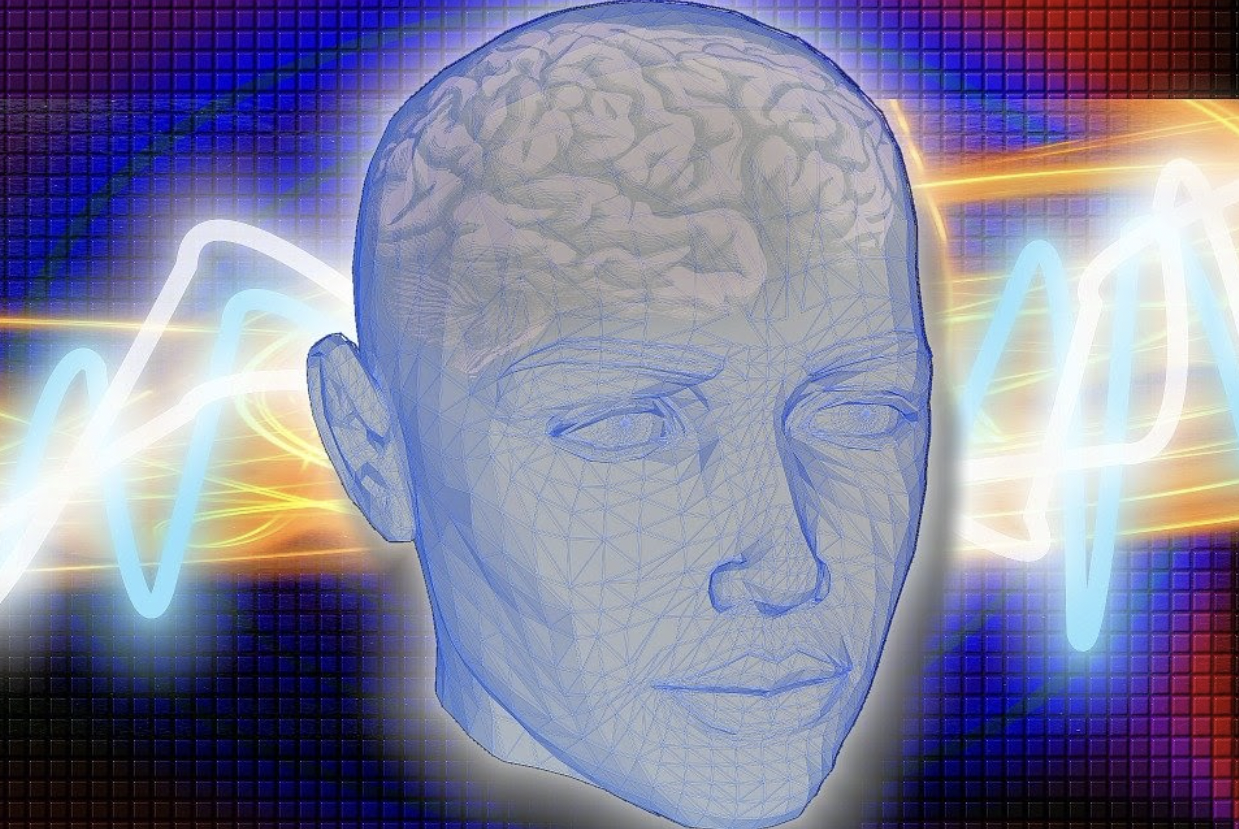
Mental Health and Stigma
Stigma from being a person who uses drugs can create barriers to accessing housing and health care, adding to the negative emotional and mental effects of stigma. Strangers are also less likely to help if they see someone in distress now because of fears of catching COVID. Feeling isolated and depressed from social distancing can increase the desire to use drugs (there has been an increase in use overall with partiers). Increased anxiety (sometimes to the point of paranoia) around the virus and staying inside more can cause people to ruminate in harmful thought cycles. It’s important to remember to check on your friends and reach out if needed. Trip! Peers are also available to chat.
How the Pandemic is Affecting your Overdose Risk
We are seeing an increasingly tainted drug supply with a variety of cuts, due to several factors, including borders closing and issues with the postal system. Lifestyle changes related to the pandemic means that people may be using new dealers or their dealers may be using new suppliers. People are less likely to access drug testing or go to SCS for fear of catching COVID. Taking breaks from your substance of choice (either planned or unplanned) can lead to dangerous withdrawals. People are increasingly using in isolation, which can decrease the response time for overdose recovery, and we are seeing reports of longer response times from EMS. Be aware that bystanders are less likely to help a stranger who may be overdosing because of fears surrounding COVID.
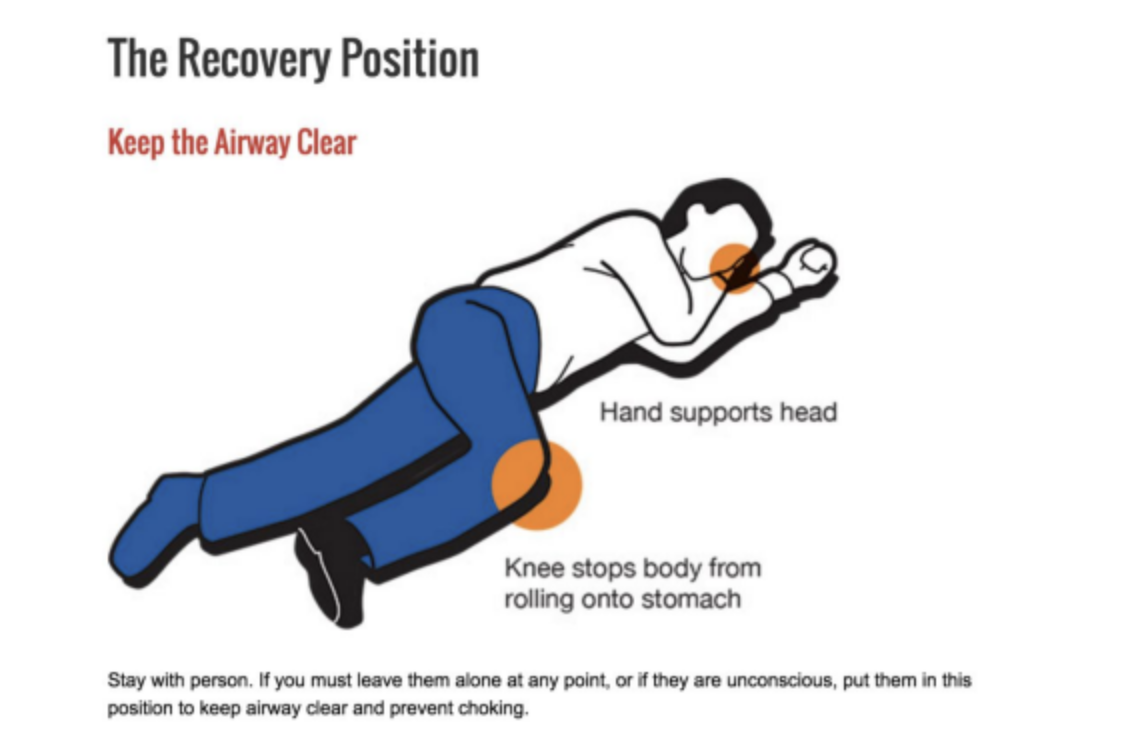
Additional Harm Reduction Tips:
Pandemic fears and isolation may be traumatic for some folks, which can lead to changes in mental health and substance use patterns that can extend after quarantine.
- Your tolerance will be lower after taking a break from a substance, and it’s recommended to take a smaller dose to start and wait before redosing to prevent overdosing.
- Test before you ingest! Different supply lines can affect the quality of drugs. Trip! is a partner with the Centre on Drug Policy Evaluation (CDPE) drug checking program, where you can get free, anonymous mass spectrometry drug checking! Drop off of samples are available at Parkdale Queen West CHC (both sites), Moss Park Consumption and Treatment Service, The Works, and South Riverdale CHC. Find more info here!
- Keep up on hygiene when handling and using drugs to prevent passing on or catching an illness or infection.
- If you’re using with others, be sure that everyone is using their own equipment (including vapes, pipes, bongs, and straws).
- Avoid sharing joints or cigarettes.
- If you’re using alone: let someone know or contact the Overdose Prevention Line at 1-888-853-8542. It is run by Grenfell Ministries and is available for anyone in Ontario. Trip! peers are also available to do check-ins if you are using alone.
- Make a plan for withdrawal if you’re unable to access your drug of choice.
- Talk to your dealer about options for social distanced drug deals.
- Learn how to respond to an overdose, and carry Naloxone.
- Reach out to Trip! Project on any of our social media pages or email us at info@tripproject.ca if you want to talk to a peer. We’re here to listen, and can set you up with whatever supports you might need.
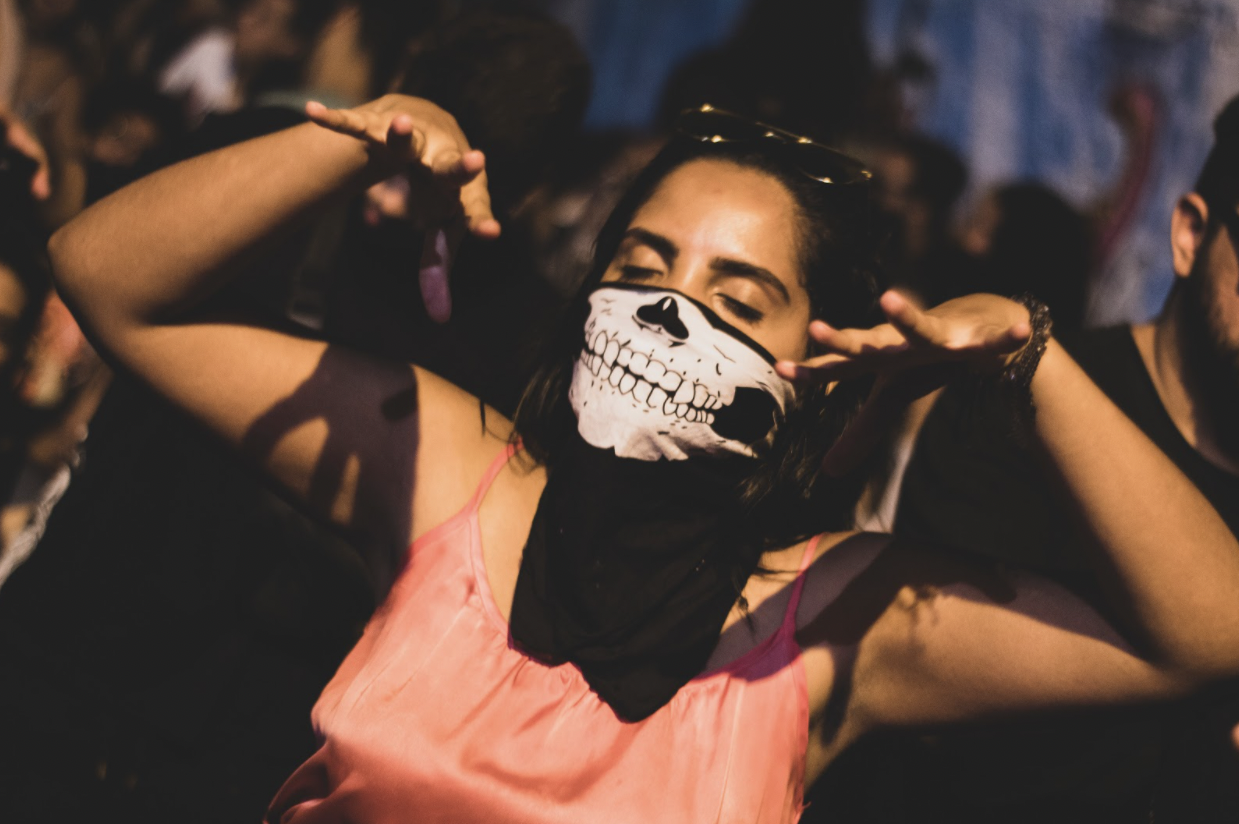
Options for Safer Drug Deals
- Contactless drop by drop and pick up method, package exchange(e.x. put money in a cup and set down, give Tim’s bag with drugs), leaving money/drug in a mailbox or agreed safe location(e.x. leave money in a newspaper box, the dealer picks up the money and leaves the drugs)
- Limit contact if you have to meet face to face due to being unable to contactless drop by planning when you’ll arrive (Eg. wear a mask or bandana as a face covering, sanitize hands before and after meeting)
- Order online ( here’s an article about online safety)
- Send an EMT if possible (most dealers don’t accept this but some do)
- Put cash & drugs in plastic or other easy to clean surface
*IMPORTANT* Make sure to thoroughly discuss and plan with your dealer if you choose to use any of these options
Withdrawal
Involuntary withdrawal is more likely due to supply disruptions and having to self isolate. Withdrawal can be severe and fatal in some cases. It’s possible to alleviate symptoms for mild withdrawal with Acetaminophen (Tylenol), or aspirin, or other non-steroidal anti-inflammatory drugs, such as Ibuprofen (Advil). Treat diarrhoea with over the counter medications such as loperamide (Imodium). You can use cannabis if that’s something you do already, or over the counter medications such as Benadryl or Pepto-Bismol to treat nausea. If nausea is more intense and persistent, consider talking to a doctor about a prescription for an anti-nauseant. It’s important to remember to drink plenty of fluids with electrolytes such as vitamin water, or sports drinks, or throw a pinch of salt into your water glass if other options aren’t available. More intense withdrawal symptoms may require a prescription for clonidine (non-addictive medication) to reduce the intensity of symptoms, consider talking to your doctor for a prescription if you are concerned.
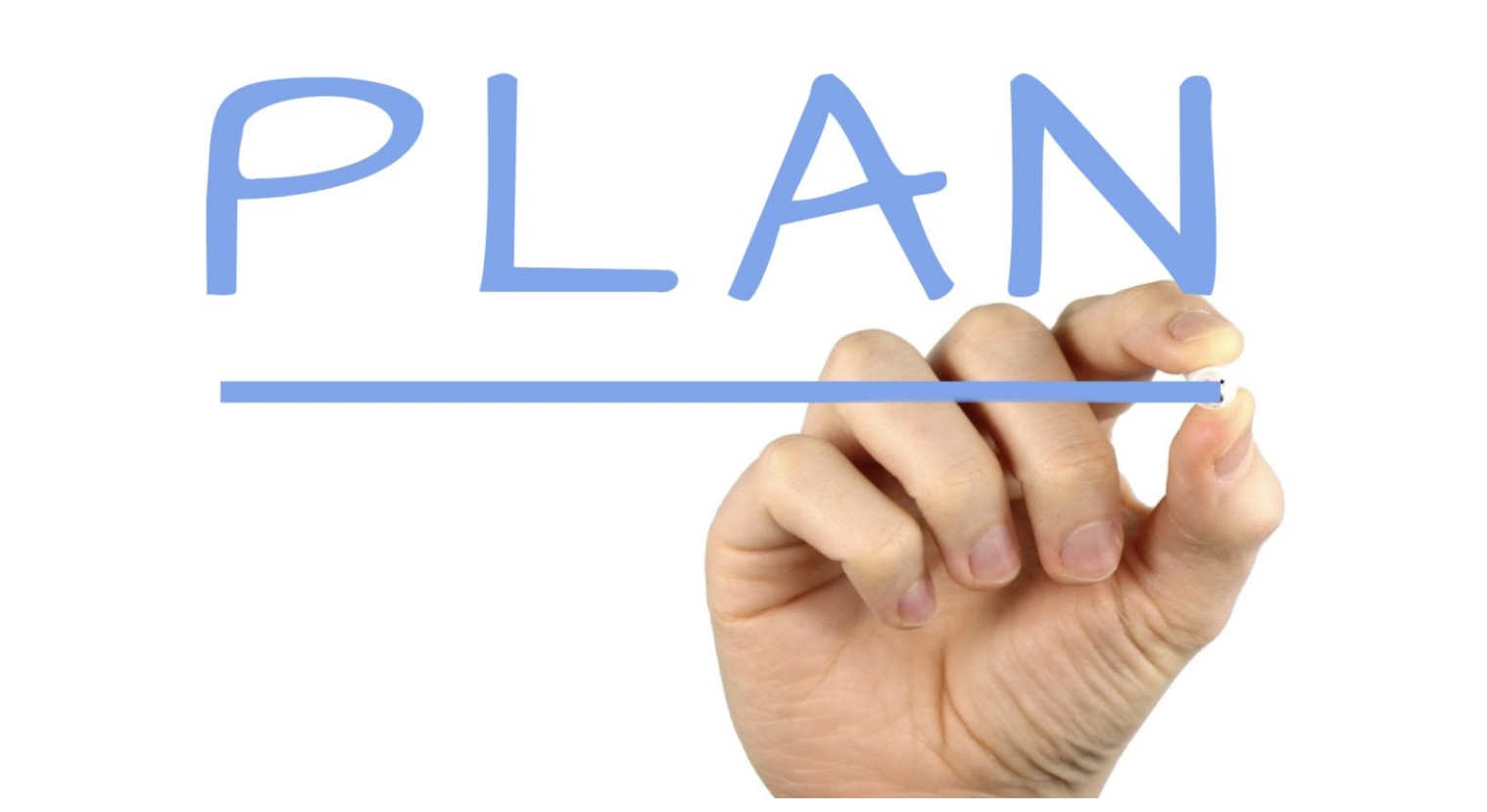
Making a Plan for Withdrawal
With supplies being inconsistent during COVID it’s important to plan for withdrawal in advance in the event that you are unable to access your drug of choice.
Start by exploring how you feel about the potential for your drug supply to be cut off or interrupted. For example, ask yourself:
“If I weren’t able to use for a while, how would I feel?”
- How will you manage your symptoms? What will you need/want on hand?
- How will you occupy yourself?
- Will this affect your ability to go to work, etc?
A plan for reduced availability/access may include:
- Planning to use your regular amount, but spreading it out over time to reduce bingeing and withdrawal.
- Slowly reduce the amount you use each day. E.g. drinking lower alcohol content drinks such as beer instead of wine or taking a break from drinking after slowly reducing.
- Consider alternative medications or drugs to ease the effects of withdrawal
- Stock up on supplies such as clean needles and injection tools, straws, pipes, etc
- Stock up on drugs if possible, However, having large amounts of drugs increases risk if you are stopped by police or could result in more/unplanned use.
If you need any extra support reach out to Trip! or another agency to help create a safety plan.